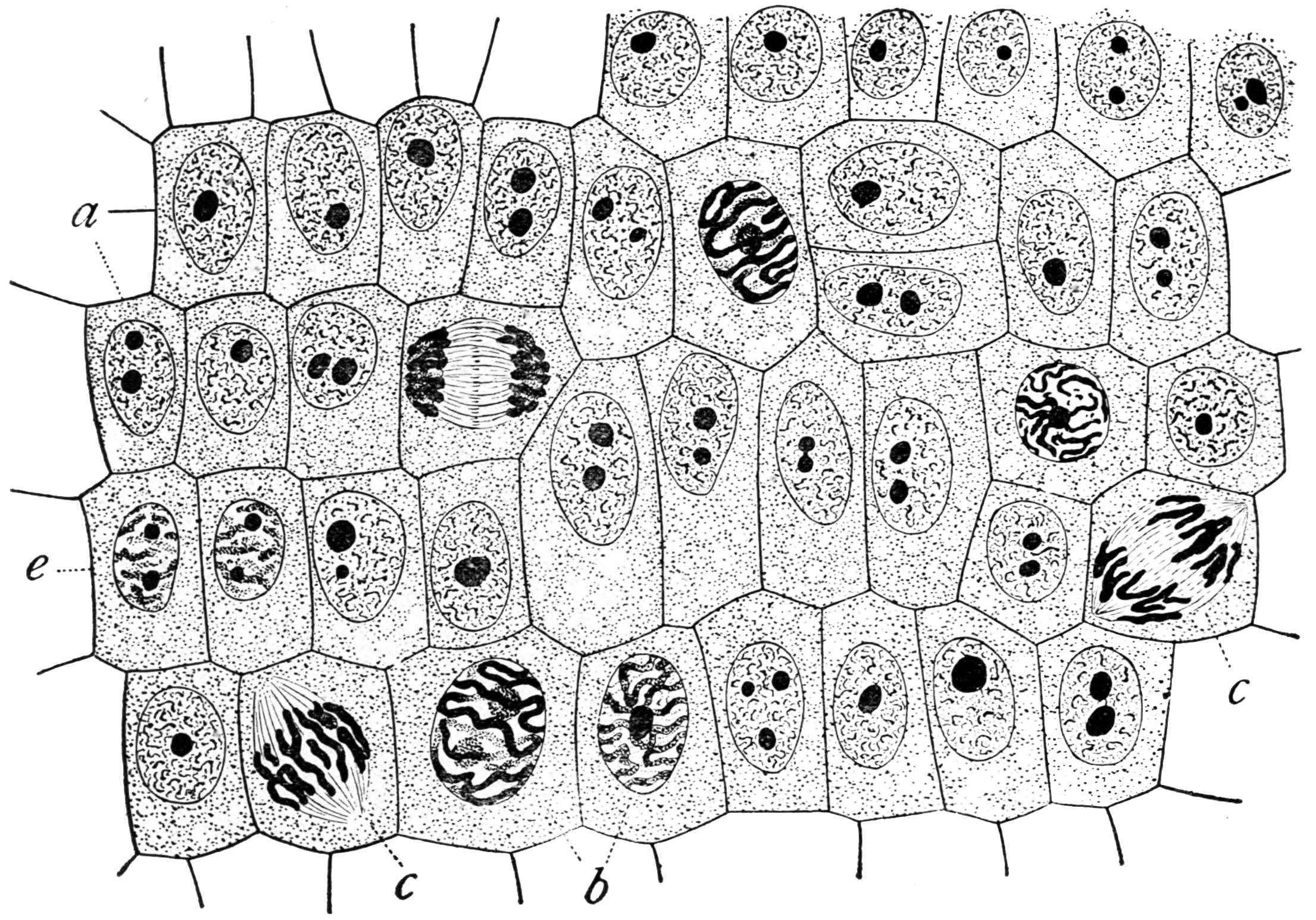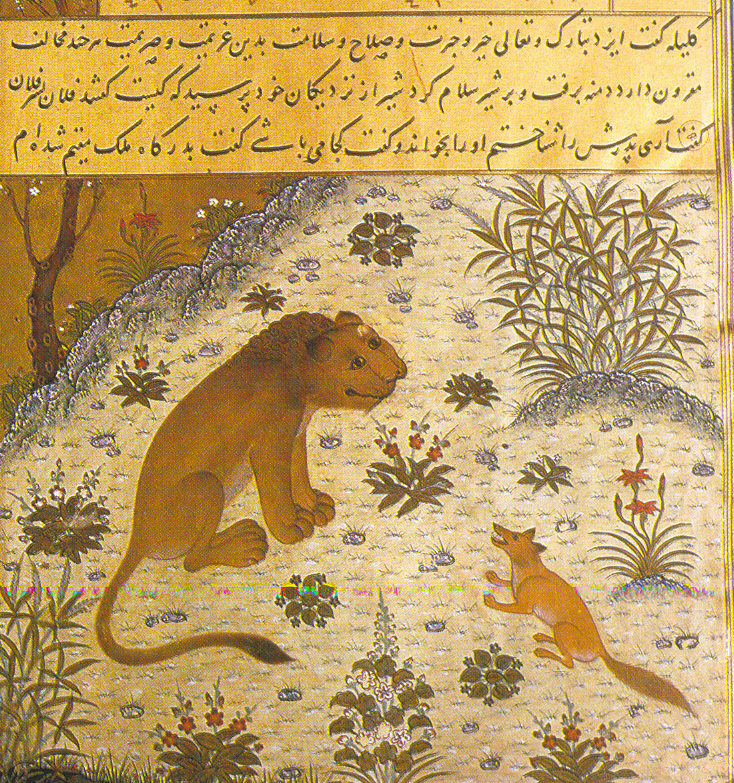|
Jāmī
Nūr ad-Dīn 'Abd ar-Rahmān Jāmī (; 7 November 1414 – 9 November 1492), also known as Mawlanā Nūr al-Dīn 'Abd al-Rahmān or Abd-Al-Rahmān Nur-Al-Din Muhammad Dashti, or simply as Jami or Djāmī and in Turkey as Molla Cami, was a Persian Sunni poet who is known for his achievements as a prolific scholar and writer of mystical Sufi literature. He was primarily a prominent poet-theologian of the school of Ibn Arabi and a Khwājagānī Sũfī, recognized for his eloquence and for his analysis of the metaphysics of mercy. His most famous poetic works are ''Haft Awrang'', ''Tuhfat al-Ahrar'', '' Layla wa Majnun'', ''Fatihat al-Shabab'', ''Lawa'ih'', ''Al-Durrah al-Fakhirah''. Jami belonged to the Naqshbandi Sufi order. Biography Jami was born in Kharjerd, in Khorasan to a Persian family. Previously his father Nizām al-Dīn Ahmad b. Shams al-Dīn Muhammad had come from Dasht, a small town in the district of Isfahan. A few years after his birth, his family migrated to ... [...More Info...] [...Related Items...] OR: [Wikipedia] [Google] [Baidu] |
Herat
Herāt (; Dari/Pashto: هرات) is an oasis city and the third-largest city in Afghanistan. In 2020, it had an estimated population of 574,276, and serves as the capital of Herat Province, situated south of the Paropamisus Mountains (''Selseleh-ye Safēd Kōh'') in the fertile valley of the Hari River in the western part of the country. An ancient civilization on the Silk Road between West Asia, Central Asia, and South Asia, it serves as a regional hub in the country's west. Herat dates back to Avestan times and was traditionally known for its wine. The city has a number of historic sites, including the Herat Citadel and the Musalla Complex. During the Middle Ages, Herat became one of the important cities of Khorasan, as it was known as the ''Pearl of Khorasan''. After its conquest by Tamerlane, the city became an important center of intellectual and artistic life in the Islamic world. Under the rule of Shah Rukh, the city served as the focal point of the Timurid Re ... [...More Info...] [...Related Items...] OR: [Wikipedia] [Google] [Baidu] |
Timurid Empire
The Timurid Empire was a late medieval, culturally Persianate, Turco-Mongol empire that dominated Greater Iran in the early 15th century, comprising modern-day Iran, Iraq, Afghanistan, much of Central Asia, the South Caucasus, and parts of contemporary Pakistan, North India, and Turkey. The empire was culturally hybrid, combining Turkic, Mongolic, and Persian influences, with the last members of the dynasty being regarded as "ideal Perso-Islamic rulers". The empire was founded by Timur (also known as Tamerlane), a warlord of Turco-Mongol lineage, who established the empire between 1370 and his death in 1405. He envisioned himself as the great restorer of the Mongol Empire of Genghis Khan, regarded himself as Genghis's heir, and associated closely with the Borjigin. Timur continued vigorous trade relations with Ming China and the Golden Horde, with Chinese diplomats like Ma Huan and Chen Cheng regularly traveling west to Samarkand to buy and sell goods. The empire led ... [...More Info...] [...Related Items...] OR: [Wikipedia] [Google] [Baidu] |
Sufi
Sufism ( or ) is a mysticism, mystic body of religious practice found within Islam which is characterized by a focus on Islamic Tazkiyah, purification, spirituality, ritualism, and Asceticism#Islam, asceticism. Practitioners of Sufism are referred to as "Sufis" (from , ), and historically typically belonged to "orders" known as (pl. ) — congregations formed around a grand (saint) who would be the last in a Silsilah, chain of successive teachers linking back to Muhammad, with the goal of undergoing (self purification) and the hope of reaching the Maqam (Sufism), spiritual station of . The ultimate aim of Sufis is to seek the pleasure of God by endeavoring to return to their original state of purity and natural disposition, known as . Sufism emerged early on in Islamic history, partly as a reaction against the expansion of the early Umayyad Caliphate (661–750) and mainly under the tutelage of Hasan al-Basri. Although Sufis were opposed to dry legalism, they strictly obs ... [...More Info...] [...Related Items...] OR: [Wikipedia] [Google] [Baidu] |
Ibn Arabi
Ibn Arabi (July 1165–November 1240) was an Andalusian Sunni Sunni Islam is the largest branch of Islam and the largest religious denomination in the world. It holds that Muhammad did not appoint any successor and that his closest companion Abu Bakr () rightfully succeeded him as the caliph of the Mu ... scholar, Sufism, Sufi Mysticism, mystic, poet, and Philosophy, philosopher who was extremely influential within Islamic thought. Out of the 850 works attributed to him, some 700 are authentic, while over 400 are still extant. His Cosmology, cosmological teachings became the dominant worldview in many parts of the Muslim world. His traditional title was ''Mohyeddin, Muḥyiddīn'' (; ''The Reviver of Religion''). After his death, practitioners of Sufism began referring to him by the honorific title ''Shaykh al-Akbar'', () from which the name Akbarism is derived. Ibn ʿArabī is considered a Sufi saint, saint by some scholars and Muslim communities.Al-Suyuti, Tanbih al- ... [...More Info...] [...Related Items...] OR: [Wikipedia] [Google] [Baidu] |
Kamāl Ud-Dīn Behzād
Kamāl ud-Dīn Behzād ( 1455/60–1535), also known as Kamal al-din Bihzad or Kamaleddin Behzād (), was a Persian painter and head of the Persian miniature#Artists and technique, royal ateliers in Herat and Tabriz during the late Timurid Empire, Timurid and early Safavid Iran, Safavid eras. He is regarded as marking the highpoint of the great tradition of Islamic miniature painting. He was well known for his very prominent role as kitābdār (the chairman of a library) in the Herat Academy as well as his position in the Royal Library in the city of Herat. His art is unique in that it includes the common geometric attributes of Persian painting, while also inserting his own style, such as vast empty spaces to which the subject of the painting dances around. His art includes masterful use of value and individuality of character, with one of his most famous pieces being "The Seduction of Yusuf" from Saadi Shirazi, Sa'di's Bustan (book), Bustan of 1488. Behzād's fame and renown in ... [...More Info...] [...Related Items...] OR: [Wikipedia] [Google] [Baidu] |
Mathematics
Mathematics is a field of study that discovers and organizes methods, Mathematical theory, theories and theorems that are developed and Mathematical proof, proved for the needs of empirical sciences and mathematics itself. There are many areas of mathematics, which include number theory (the study of numbers), algebra (the study of formulas and related structures), geometry (the study of shapes and spaces that contain them), Mathematical analysis, analysis (the study of continuous changes), and set theory (presently used as a foundation for all mathematics). Mathematics involves the description and manipulation of mathematical object, abstract objects that consist of either abstraction (mathematics), abstractions from nature orin modern mathematicspurely abstract entities that are stipulated to have certain properties, called axioms. Mathematics uses pure reason to proof (mathematics), prove properties of objects, a ''proof'' consisting of a succession of applications of in ... [...More Info...] [...Related Items...] OR: [Wikipedia] [Google] [Baidu] |
Persian People
Persians ( ), or the Persian people (), are an Iranian peoples, Iranian ethnic group from West Asia that came from an earlier group called the Proto-Iranians, which likely split from the Indo-Iranians in 1800 BCE from either Afghanistan or Central Asia. They are indigenous to the Iranian plateau and comprise the majority of the population of Iran.Iran Census Results 2016 United Nations Alongside having a Culture of Iran, common cultural system, they are native speakers of the Persian language and of the Western Iranian languages that are closely related to it. In the Western world, "Persian" was largely understood as a demonym for all Iranians rather than as an ethnonym for the Persian people, but this understanding Name of Iran, shi ... [...More Info...] [...Related Items...] OR: [Wikipedia] [Google] [Baidu] |
Isfahan
Isfahan or Esfahan ( ) is a city in the Central District (Isfahan County), Central District of Isfahan County, Isfahan province, Iran. It is the capital of the province, the county, and the district. It is located south of Tehran. The city has a population of approximately 2,220,000, making it the third-most populous city in Iran, after Tehran and Mashhad, and the second-largest metropolitan area. Isfahan is located at the intersection of the two principal routes that traverse Iran, north–south and east–west. Isfahan flourished between the 9th and 18th centuries. Under the Safavid Iran, Safavid Empire, Isfahan became the capital of Iran, for the second time in its history, under Abbas the Great. It is known for its Persian architecture, Persian–Islamic architecture, Muslim architecture, grand boulevards, covered bridges, palaces, tiled mosques, and minarets. Isfahan also has many historical buildings, monuments, paintings, and artifacts. The fame of Isfahan led to the ... [...More Info...] [...Related Items...] OR: [Wikipedia] [Google] [Baidu] |
Peripateticism
The Peripatetic school ( ) was a philosophical school founded in 335 BC by Aristotle in the Lyceum in ancient Athens. It was an informal institution whose members conducted philosophical and scientific inquiries. The school fell into decline after the middle of the 3rd century BC, but had a revival in the Roman Empire. History The term ''peripatetic'' is a transliteration of the Ancient Greek word , meaning 'of walking' or 'given to walking about'. The Peripatetic school, founded by Aristotle, was actually known simply as the Peripatos. Aristotle's school came to be so named because of the ('walkways', some covered or with colonnades) of the Lyceum where the members met. The legend that the name came from Aristotle's alleged habit of walking while lecturing may have started with Hermippus of Smyrna. Unlike Plato (born BC, died 348 BC), Aristotle was not a citizen of Athens, and could not own property; he and his colleagues therefore used the grounds of the Lyceum as ... [...More Info...] [...Related Items...] OR: [Wikipedia] [Google] [Baidu] |
Natural Sciences
Natural science or empirical science is one of the branches of science concerned with the description, understanding and prediction of natural phenomena, based on empirical evidence from observation and experimentation. Mechanisms such as peer review and reproducibility of findings are used to try to ensure the validity of scientific advances. Natural science can be divided into two main branches: life science and physical science. Life science is alternatively known as biology. Physical science is subdivided into branches: physics, astronomy, Earth science and chemistry. These branches of natural science may be further divided into more specialized branches (also known as fields). As empirical sciences, natural sciences use tools from the formal sciences, such as mathematics and logic, converting information about nature into measurements that can be explained as clear statements of the " laws of nature". Modern natural science succeeded more classical approaches to natura ... [...More Info...] [...Related Items...] OR: [Wikipedia] [Google] [Baidu] |
Persian Literature
Persian literature comprises oral compositions and written texts in the Persian language and is one of the world's oldest literatures. It spans over two-and-a-half millennia. Its sources have been within Greater Iran including present-day Iran, Iraq, Afghanistan, Pakistan, the Caucasus, and Turkey, regions of Central Asia (such as Tajikistan), South Asia and the Balkans where the Persian language has historically been either the native or official language. For example, Rumi, one of the best-loved Persian poets, born in Balkh (in modern-day Afghanistan) or Wakhsh (in modern-day Tajikistan), wrote in Persian and lived in Konya (in modern-day Turkey), at that time the capital of the Seljuks in Anatolia. The Ghaznavids conquered large territories in Central and South Asia and adopted Persian as their court language. There is thus Persian literature from Iran, Mesopotamia, Azerbaijan, the wider Caucasus, Turkey, Pakistan, Bangladesh, India, Tajikistan and other parts of Cent ... [...More Info...] [...Related Items...] OR: [Wikipedia] [Google] [Baidu] |











